Our treatments
Find out which treatment best suits your needs and ask us for more information
Find out which treatment best suits your needs and ask us for more information

Orthodontics specializes in the perfect placement of the teeth, with numerous aesthetic and health benefits . Healthy teeth in the correct position , and a balanced face that pleases the beholder , impact on patient self-esteem , and social acceptance.
Dental malposition causes not only aesthetic problems but can cause tooth fractures and gum problems that can lead to the loss of teeth. Even under conditions of good hygiene, misplaced or contactless teeth are synonymous and with the past of time tooth loss almost inevitable.
This is the invisible solution to align your teeth. This is a set of aligners that progressively moves the teeth to the desired position .
These apply forces on the teeth to change position , in the same way you would a bracket . Almost all orthodontic treatments using conventional techniques use brackets or irons which can be either metallic or white, as well as being unsightly, these cause injury and impede hygiene.
Some young people may be prescribed the same treatment as an adult Invisalign patient. However, younger teens or those whose teeth still in eruption phase can be treated with Invisalign Teen, which is a treatment designed specifically for teenagers.
These are small titanium screws inserted into the jawbone that will be the root to the new teeth. We use them to replace missing teeth and to stabilize dentures that have excessive mobility . If you are not comfortable with your teeth and denture adhesive is a nuisance, it may be that a fixed denture is best for you.
This is possible with one or more implants, placing single crowns or bridges depending on the space available.
The teeth can also be fixed for entire maxilla or mandible jaw if needed and this involves 6 to 8 implants.
This is a more economical solution or when there is little bone or gum available and a minimum number of two implants is needed to hold a denture . The removable denture can be removed for cleaning the teeth similar to its current manner. With these implants attachment to the jaw without the need to use adhesive is improved and can carry a smaller palate which makes it more comfortable for the patient.

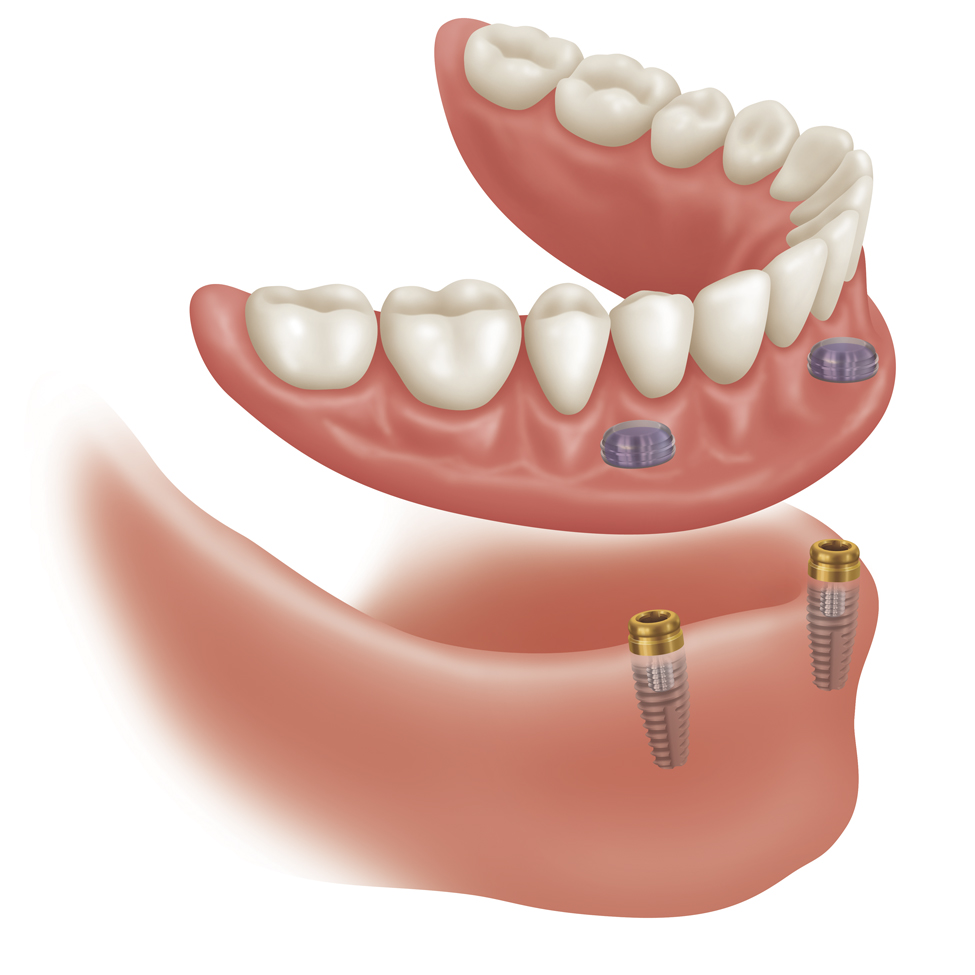
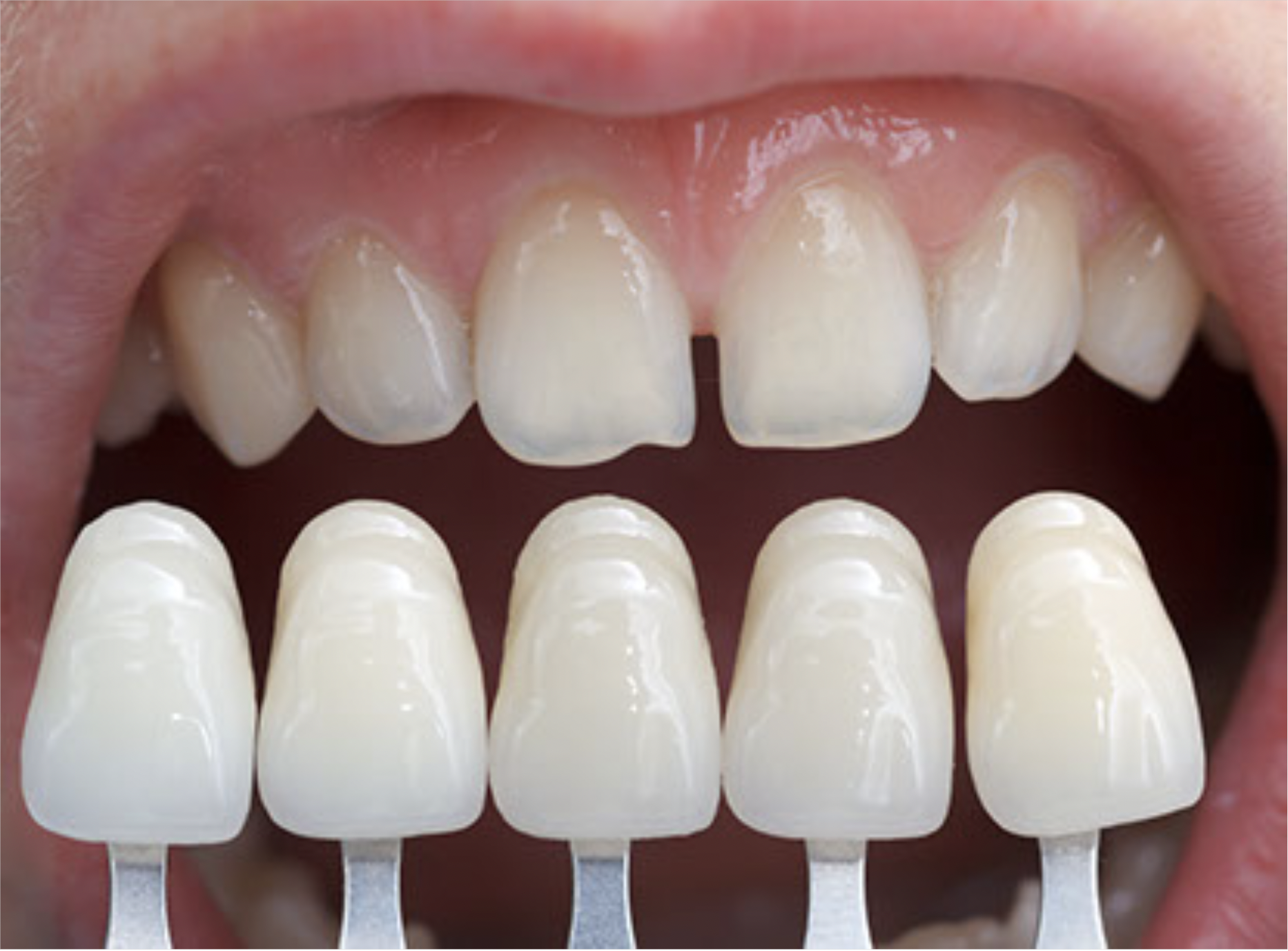
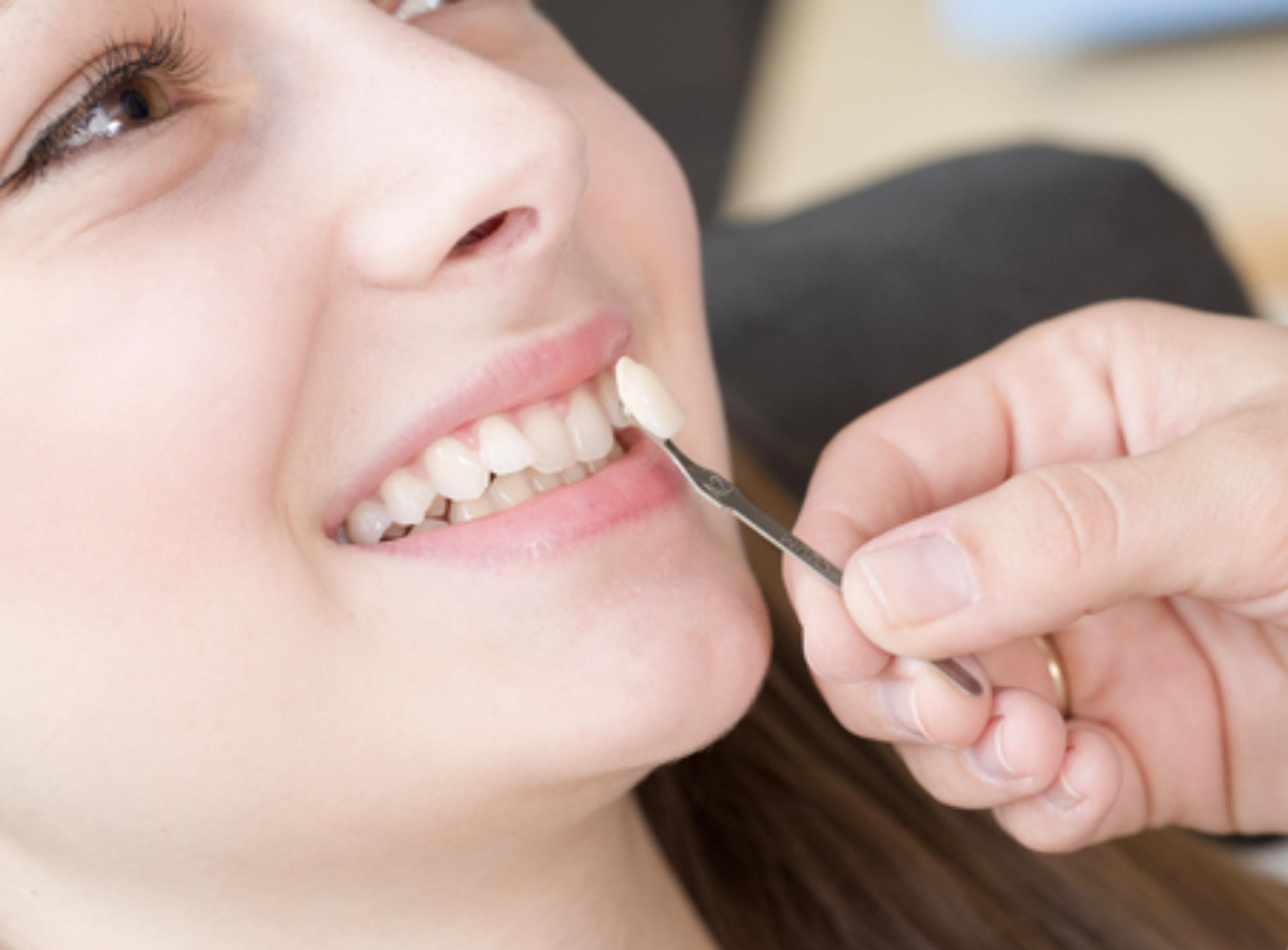
These are thin sheets of porcelain, about 0.3-1 mm. thick, which are placed covering the entire front surface of the tooth. They bind strongly to tooth using a special adhesive. The bond is so strong that once placed can not be removed unless the veneer is broken.
These are mainly used to mask anomalies in the colour of teeth which can not be treated by the conventional bleaching. They are also used to cover alterations in the size or tooth shapes, giving the ideal tooth aspect. Its main advantages are its power of adhesion, abrasion resistance and the high aesthetic value . Due to thickness being very minimal, the tooth needs virtually no reduction.
Many personalities in the media make use of this technique to get an attractive smile.
Porcelain veneers do not change color over time and it needs 2 to 3 visits to complete the treatment.
They are thin sheets that are made with aesthetic material similar to a filling. They can be performed in one visit and less expensive than ceramic veneers .
The results are very aesthetic and durable with both techniques , but it is necessary to have a consultation to see which technique is more suitable for you.
The colour of a tooth is determined , from birth , by the tonality of the core of the tooth ( dentin ) and refractoriness transparency and light enamel.
The colour of the core cannot be altered , however , over time the enamel can become tinted by substances such as snuff, lipstick , coffee , tea , tomato , etc.
Consequently , tooth whitening removes the tinted enamel , through chemicals , and all those particles which alter the original color.
There are two techniques available:
In the clinic, this is done in one or more visits with the aid of a light that accelerates the process, or one that is made in the patient’s home , in which a retainer in made to place a whitening gel . Both techniques are complementary or can be used separately.

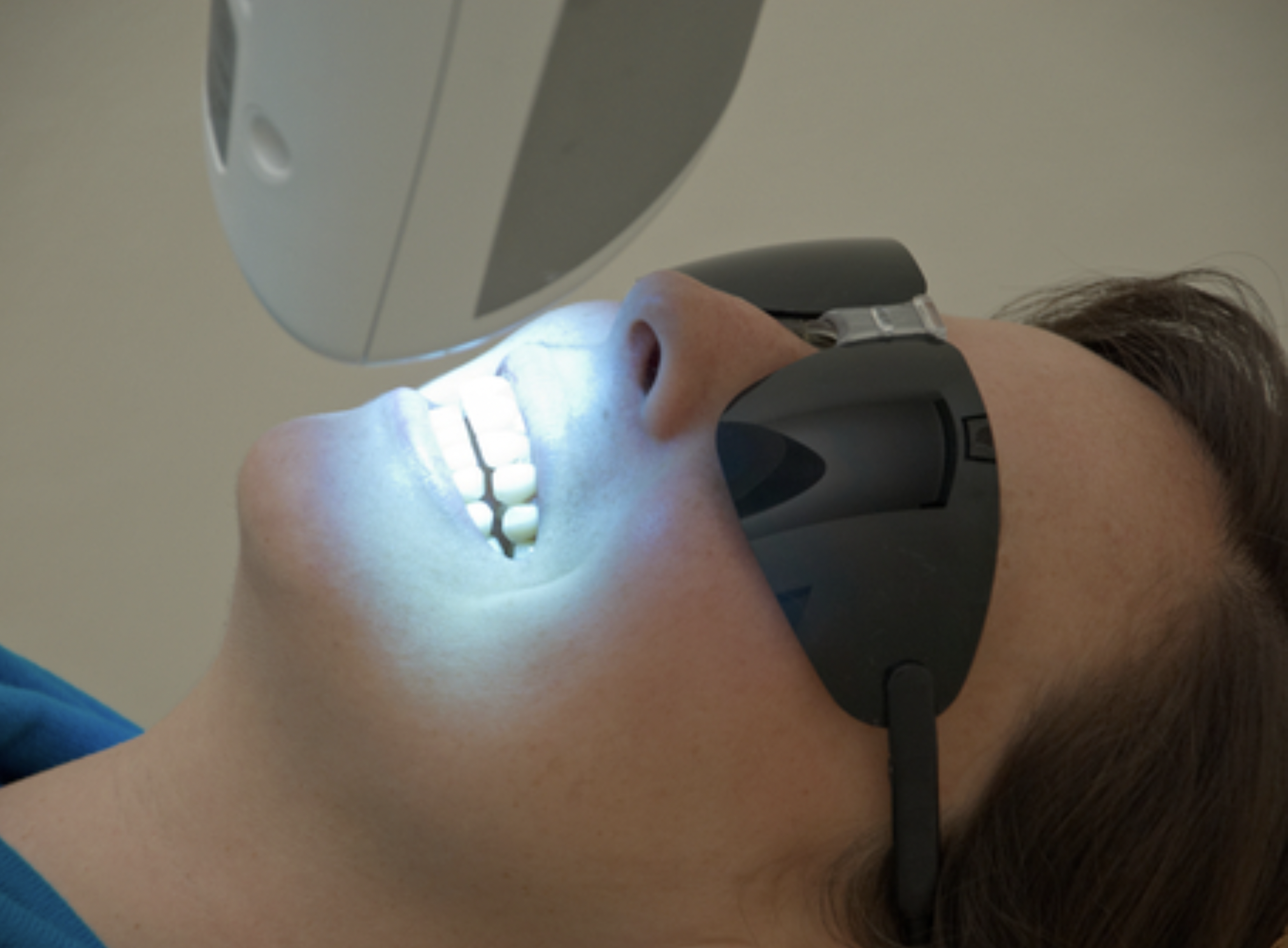
Gum problems:
Periodontal diseases are a group of diseases that affect the tissues surrounding and holding the teeth in the jaws. They are diseases of inflammatory nature and infectious cause.
When the inflammatory process affects deep periodontal tissues, destruction of bone and ligament supporting and holding teeth occurs. This degree of involvement we called periodontitis and is accompanied by swelling, bleeding, loosening of parts and tooth loss.
Solution:
To solve periodontitis a thorough clean of the teeth, the gum and tooth area under the gum is required to remove all plaque. After the treatment, the gums can again adhere to the teeth and can save the teeth that would of otherwise have fallen out by loosening.
The treatment is performed under local anesthesia and the number of visits depends on the severity of the case.
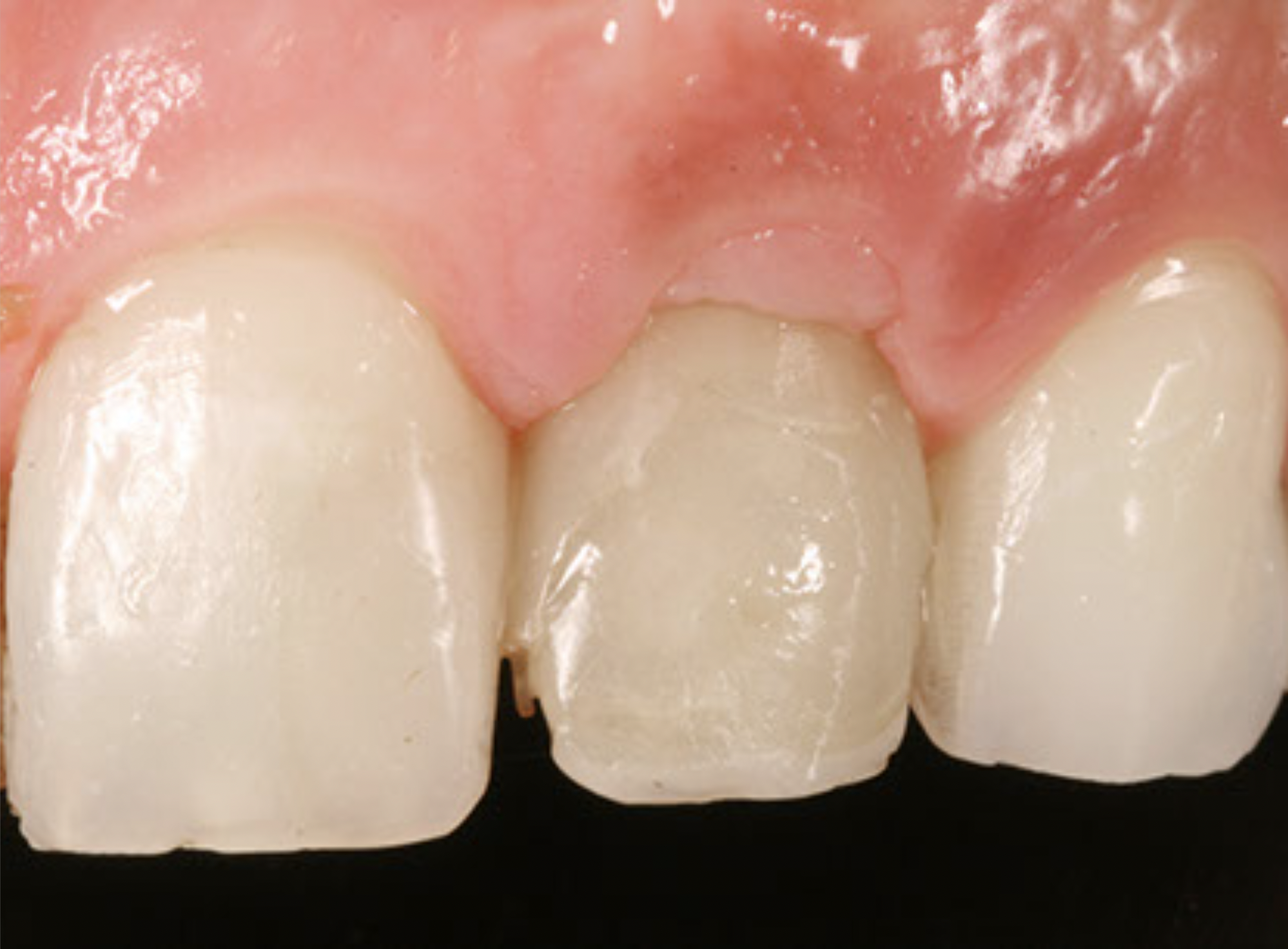

Endodontics, or root canal treatment, consist of removing the pulp tissue of the tooth and replace it with an inorganic filler to ensure internal closure of the piece.
Why is it necessary to fill a cavity?
A cavity forms cavities in the teeth which may affect the nerve. This can cause pain, swelling, mobility, thermal sensitivity, boils, etc. All this leads to tooth loss.
Endodontics:
This treatment involves removal of the vascular-nervous package located inside the tooth which is the cause of dental pain.
Using special instruments the inside of the tooth is cleaned free from infection. Inside each tooth there are a network of vessels that are distributed within the tooth forming ductwork.
Endodontics aims to clean each duct and enable the tooth to be suitable for subsequent restoration.